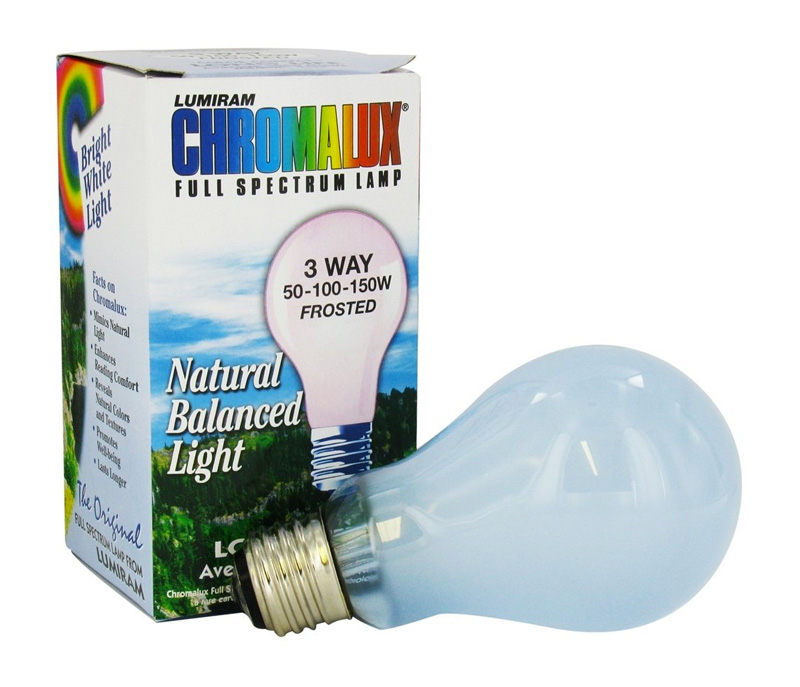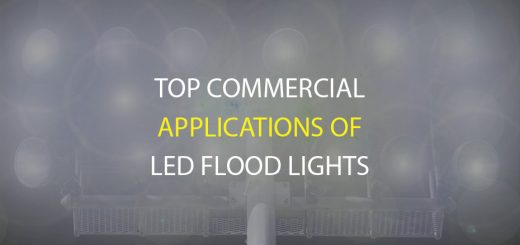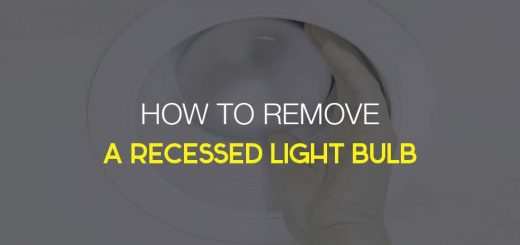What is Full Spectrum Lighting and What are its Advantages
You might have heard the term “full-spectrum lighting” being mentioned at some gatherings and get-togethers. Most probably it has been someone, who has heard about all the psychological and health benefits associated with full-spectrum lighting and has decided to opt for one as well. It is actually not that recent thing but there is a chance you will hear about full-spectrum lighting more often.
Once it comes to explaining full-spectrum lighting, everything is not exactly carved in a stone and there still are a lot of claims to be proven or disproven. However, among the vast variety of conventional lamps, market is also actively offering and promoting full-spectrum lamps so this article shall satisfy your curiosity and provide some relevant information on full-spectrum lighting, full-spectrum lamps and the benefits expected from their usage.
What is full spectrum lighting?
To clear up the whole concept of artificial full-spectrum lighting, first of all we should polish the basic knowledge on what visible light is and what the natural source of full-spectrum lighting is. This shall help you to understand the effects full-spectrum lighting is associated with.
Light, as seen by a human eye, can be described as visible electromagnetic radiation. It is the part of the electromagnetic spectrum known as “visible light”. The electromagnetic spectrum is the range of all the possible frequencies, wavelengths and electromagnetic radiation. For example it includes the lowest energy frequencies as the ones used in radio waves as well as high-energy frequencies as the ones used in gamma rays.
Sunlight is known as full-spectrum light as it includes the range of all the wavelengths necessary to maintain any form of life on Earth. These wavelengths are infrared, visible and ultraviolet. However, the human eye only is capable to respond to one wavelength only – the visible light. The rest of the wavelengths is not physically visible to us.
Ever since the industrial revolution, engineers and experts of lighting industry were striving to come up with an artificial light source that could produce light as close to the sunlight as possible which, as they thought back then, could improve the working circumstances and productivity of factory workers. The term „full-spectrum lighting” as being referred to electric light sources was introduced in around 1960s when photo-biologist Dr. John Ott promoted the health benefits of full-spectrum lighting claiming it has the same effect on our body and health as from actual sunlight.
For a modern consumer full-spectrum artificial lighting in not a novelty anymore and it has been widely used as a marketing term implying that the full-spectrum lighting mimics natural light through consistent spectral power distribution (SPD) lacking the slight energy fluctuation related to traditional metal halide and fluorescent lamps.
Full-spectrum lamps
As said, full spectrum lamps are made to emulate the full electromagnetic spectrum of light which is very similar to natural midday sunlight. Nowadays full-spectrum bulbs come in a variety of wattages, voltages, sizes, finishes, and base types. The function of a full spectrum lighting largely is associated to the type of lamp being used to produce the light and hence it is hard to provide one solid definition for full-spectrum lighting. Speaking in much generalized terms, full spectrum lighting falls within two main lighting types:
- Incandescent lamps;
- Fluorescent lamps.
Full spectrum incandescent lamps utilize a neodymium glass enclosure to filter out some of the more dominant “warm” colors. These lamps appear purple when turned off.
Full spectrum fluorescent lighting is based on a combination of phosphors to reach wider ranges of the Kelvin color temperature scale. They appear as a lot “whiter” and seemingly closer to emitting daylight than conventional fluorescent lamps. When turned off, lamps look white, not too different from typical fluorescent bulbs. Also, they are made to represent colors more accurately; their Color Rendering Index (CRI) mainly falls within the scale from moderate to high.
The advantages of full-spectrum lighting
Since full-spectrum lamps generally cost more than traditional types of lamps, you probably wonder what the reason for you to at least consider purchasing full-spectrum light bulbs is. Here is the list of some of the benefits that are associated with the usage of full-spectrum lighting:
- Improves color perception;
- Improves visual clarity;
- Improves vitamin D synthesis in the body;
- Improves mood;
- Improves productivity;
- Improves plant growth;
- Improves scholastic performance of students;
- Improves mental awareness;
- Improves results of light therapy for sleep disorders;
- Improves retail sales;
- Improves results of light therapy in treating seasonal affective disorder (SAD);
- Reduces incidence of dental decay.
As you can see, all of the factors mentioned above are quite subjective and it is true that the real effects of full-spectrum lighting are still studied. These advantages have been mainly promoted by marketing experts and hence it is not 100% guaranteed that your productivity will surely improve with full-spectrum lighting. On the other hand, this light surely is a lot more pleasant and can boost your concentration capabilities. Although it is very much doubted that full-spectrum light sources can provide better visual performance compared to other type of lighting, it has been proven that full-spectrum lamps can make architectural spaces much brighter.
Also, a lot of manufacturers very enthusiastically emphasize the health benefits of full-spectrum lamps although in this aspect as well there is nearly no solid research done that would base this statement. While full-spectrum lighting surely could make you feel nicer and cozier, your health will firstly depend on many other factors such as diet, physical activities, lifestyle and sleep. Natural light is known to be the main force bringing certain patterns into your everyday processes but it is doubted that artificial full-spectrum light can ensure the same effect. However, this does not necessarily mean that full-spectrum lighting could not have positive psychological effects. Have you ever felt weather induced depression simply during the winter and autumn? Positive affect induced by natural daylight does improve one’s mood and motivation and thus can increase productivity. Full-spectrum light sources strive to provide this positive association related with natural daylight. There have been a few studies conducted on psychological advantages of full-spectrum light sources yet also in this field there is still a huge scientific gap that should be filled with more varied and representative data.





